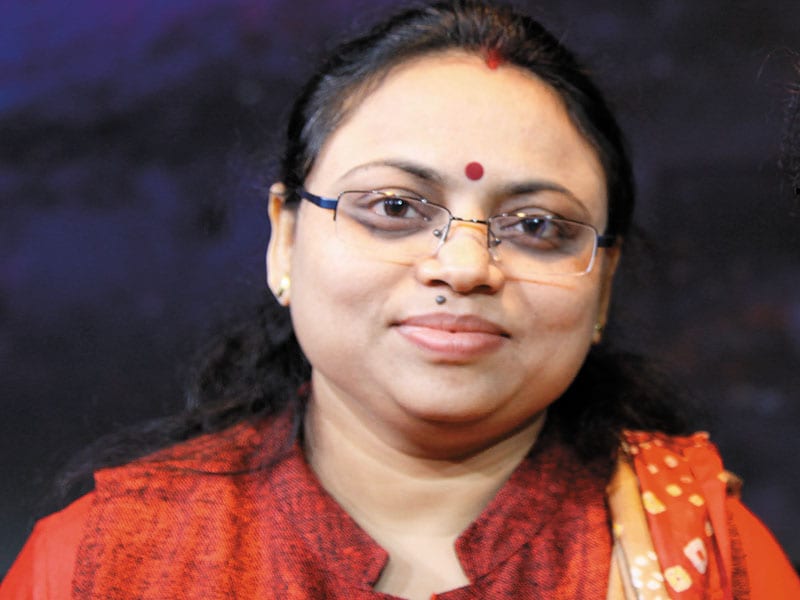
ISRO's space-age women: Shooting for the moon
The projects led by Muthayya Vanitha and Ritu Karidhal Srivastava at Isro put India on the global map of space programmes
 Muthayya Vanitha, Project Dirctor, ISRO, Chandrayaan-2
Muthayya Vanitha, Project Dirctor, ISRO, Chandrayaan-2 Image: Pallava Bagla / Corbis Via Getty Images

Muthayya Vanitha and Ritu Karidhal Srivastava shot to fame last year as they became role models for youngsters in India—and girls in particular—aspiring to careers in science and technology, with a focus on space sciences. Vanitha was named project director of Isro’s Chandrayaan-2 mission, 18 months before the July 2019 launch, while Srivastava was mission director for the same project.
Chandrayaan-2, had it not missed its last critical step, would have been a historic first for Isro for having soft-landed a rover on the lunar surface. The rover called Vikram, however, crashed on to the moon in September due to problems with its braking thrusters.
An electronics systems engineer from College of Engineering in Guindy, Chennai, Vanitha joined Isro as a scientist-engineer 33 years ago. Her work brought her increasing levels of managerial responsibility along with her engineering efforts, as she took up new roles and contributed to multiple projects over the years. She has previously worked on satellite projects like the Cartosat-1, Oceansat-2 and Megha-Tropiques, where she was responsible for data operations, as well as the successful Mangalyaan mission to Mars in 2013.
Forbes India Self-Made Women 2020: See full list here
(This story appears in the 30 November, -0001 issue of Forbes India. To visit our Archives, click here.)










